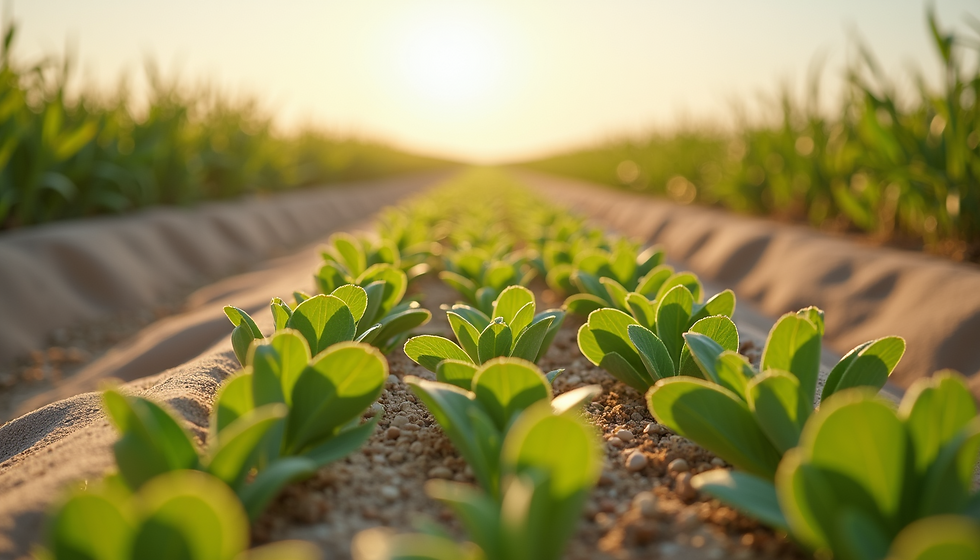Building a Sustainable Future: Salicornia's Environmental Impact
- Eric Su
- Jun 16
- 1 min read
SaliEarth is on a mission to educate and raise awareness about a remarkable plant called Salicornia and its potential in building a sustainable future. Not many people are familiar with this plant, but its environmental impact is truly noteworthy.

Salicornia, also known as sea asparagus or glasswort, is a halophyte plant that thrives in saline environments such as coastal marshes and salt flats. What sets Salicornia apart is its ability to thrive in these harsh conditions while benefiting the environment in multiple ways. One of the key environmental benefits of Salicornia is its ability to effectively absorb carbon dioxide from the atmosphere. As we continue to face the challenges of climate change, plants like Salicornia play a crucial role in carbon sequestration and mitigating the effects of greenhouse gases. Furthermore, Salicornia can also help in the restoration of degraded coastal ecosystems. Its extensive root system helps in stabilizing soil, preventing erosion, and creating a habitat for other plant and animal species. By planting Salicornia in vulnerable coastal areas, we can enhance biodiversity and promote ecosystem resilience. In addition to its environmental benefits, Salicornia also has practical applications. It is a versatile plant that can be used for food, animal feed, and even biofuel production. By harnessing the potential of Salicornia as a sustainable resource, we can reduce our dependence on finite fossil fuels and contribute to a more sustainable future. At SaliEarth, we believe that building a sustainable future is possible by harnessing the potential of plants like Salicornia. Join us in spreading the word about this incredible plant and together, we can create a healthier planet for future generations.


Comments